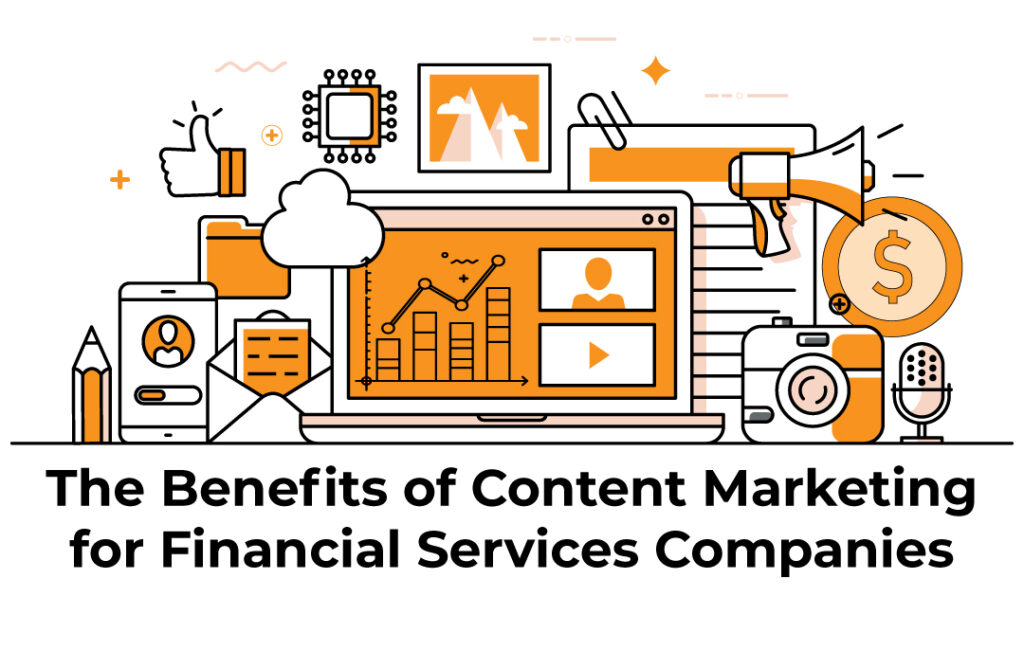KPIs or key performance indicators are a way to measure the effectiveness of your email campaign. There are hundreds of KPIs to track, but the four that we have decided are most important are open rate, click-through rate, bounce rate and unsubscribe rate.
Email Open Rate
Email open rate is important because it shows you what percentage of emails have been opened. This KPI helps marketers understand how many people are actually interested in their message. To know if your open rate is objectively good or bad, it’s good to know what the average rate is in your industry and geographic location, based on those you can benchmark yourself. The statistics recorded after an email is opened are more important than the open rate. Open rates result in the good and the bad, more clickthroughs and more unsubscribes. Once you track the opens, make sure to check click-throughs and unsubscribes to see how many of the opens were effective. It’s also a very useful comparative metric that you can track from week to week to see how much you’ve improved.
Clickthrough Rate
Clickthrough rate is especially important to monitor because it goes past the recipient just opening your email. It’s a great indicator of engagement and effectiveness because it tells you how many times the links in your email were clicked. Clickthrough and open rate go hand in hand with one another. A red flag would be when you have a high open-rate but low clickthrough rate. When this is the case, you need to re-evaluate your email design to increase link clicks.
Email Bounce Rate
Bounce rate is an interesting KPI to monitor because it shows how often emails don’t reach the intended recipient. It’s usually a result of an incorrect address but could also be because of a full inbox or inbox filters. There are two categories of bounces, hard bounces and soft bounces. A hard bounce is when an email is permanently rejected and it’s highly unlikely another email will be excepted to that inbox. A soft bounce is when the email does reach the recipient but still bounces back because of a full mailbox. There is usually still a good chance of future emails being delivered when it is a soft bounce. It gives insight into problems with your email list and sender reputation. To avoid it happening again in the future, email addresses that result in hard bounces should be removed from your mailing list. This is a rate that ideally is as low as possible, but is just about impossible to get to 0%.
Unsubscribe Rate
The unsubscribe rate is possibly the most telling of all the KPIs about the success of your emails. If you find that you have a high unsubscribe rate you should include a survey for when people unsubscribe to monitor why people are unsubscribing. You can use this information to change your emailing style to decrease unsubscribes. Unsubscribe rates are effective for calculating list growth and ideally, your subscribers are outweighing your unsubscribes. A high unsubscribe rate lets you know that you are sending emails too often. Unsubscribe rates being high can also be a result of your content not being what consumers expected.
Utilizing analytic tools can provide helpful insight into how effective your campaign is. These are just four KPIs that you should be paying attention to. If any of the analytics are not what you want them to be, analyze your emailing style and adjust until you find what works for your audience. For more marketing advice, Team Burkhart is here to help you.





